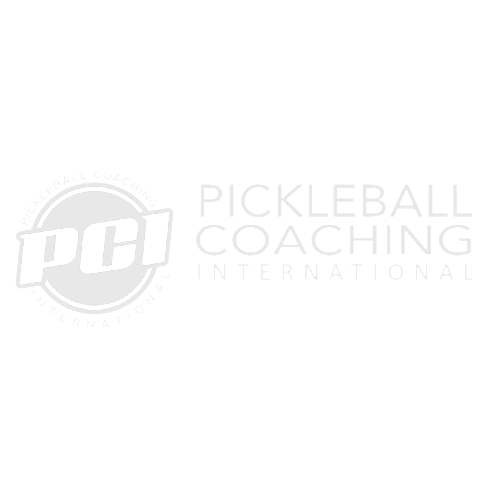Degrees of difficulty: How to Adjust Challenge
If you want your lessons to be fun and useful, it is important that you find the right degree of difficulty. If what you are asking of your students is too easy, they are likely to be bored. If it is too hard, you run the risk of frustrating your students. The sweet spot for optimal challenge is somewhere in the 60%-70% range. This zone gives the player a sense that they can do the thing you are asking of them, but not yet with expert proficiency.
Good coaches are effective at adjusting the degree of difficulty of a task in order to find that sweet spot. Here are a few ways to make pickleball drills easier or harder:
The Context
For our purposes, let's imagine you are having your players work on receiving drives at the net while their opponents are at the baseline. And in this particular case, you are practicing volleying the ball back deep toward the baseline so that the opponents are kept far away where they are less of a threat.
Adjust the Target. You place a cone half way between the NVZ and the baseline and ask the players to volley past the cone. If your students are doing this easily, you can move the cone closer to the baseline. If they are struggling, you could move it closer to the NVZ, giving them a larger target to aim for.
Adjust the Feed. If the players are handling the drives easily, whoever is sending the ball to them could increase the speed (or stand closer to the net player). If the net player is struggling, the feeder could be asked to slow the ball down (or back up).
Adjust the Goal. Let's imagine that the players are asked to hit 8 volleys in a row past the target. If they are overly successful, that goal could be increased to 12. If they are struggling, it could be decreased to 4.
Adjust Movement. If the player is being overly successful, they could be asked to add movement to the drill. For example, the player needs to shadow swing a return of serve from the baseline, run to the NVZ and receive the ball before being totally set and on balance. This will increase the level of difficulty of the volley. Players who are struggling could be given more time to be set and balanced between each attempt.
Adjust Pressure. If players are finding the activity too easy, they could be given consequences for missing. A push-up for each target missed or a nickel owed to the coach can be fun ways to add a little pressure. Inversely, players who are struggling could be freed from any consequences as a way of limiting their stress.
One of the nice things about adjusting the challenge in these ways is that -- to some extent at least -- it can allow players of different levels to work on similar skills together but with personalized degrees of difficulty. Player A might have a target that is only 3 feet wide while Player B might have a target that is 6 feet wide. Player A might have consequences for missing while Player B does not. Player A might have to arrive at 12 in a row to win the game while Player B just has to get 4.
Whichever methods you choose to adjust the degree of difficulty, keep in mid that the objective is to find that sweet spot in the 60%-70% range for success. Being in this zone makes it more likely your students are both focused and fired up to work hard.






